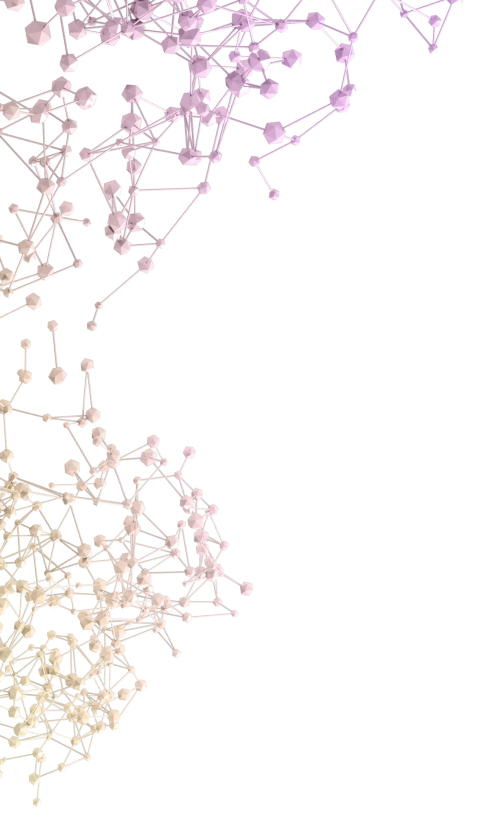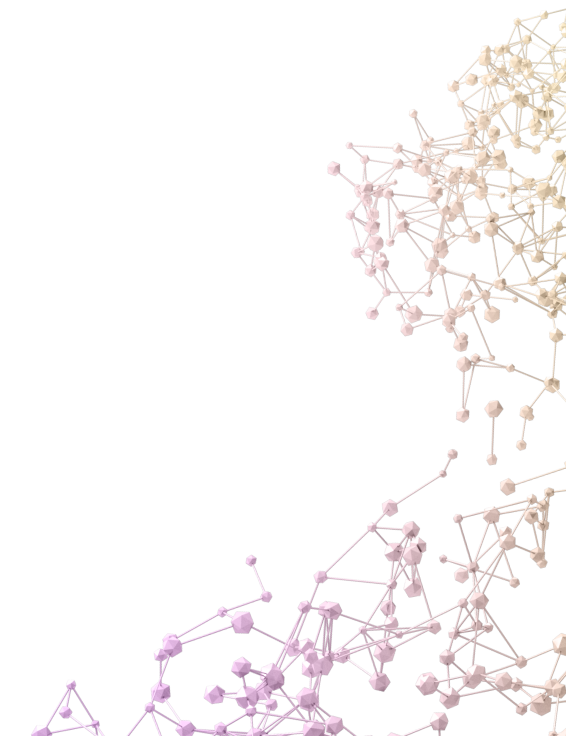For researchers in pharma, biotech, or academia looking to uncover the mechanisms of action, cytotoxicity, or possible on- and off-target effects of drugs in their development pipeline or potential genes of interest, JUMP-CP is an impressive publicly available resource that acts as a great starting point.
However, while JUMP-CP is undoubtedly incredibly informative in its own right, its true strength may lie in combining it with other high-throughput technologies for multimodal insights.
So, let’s dive in and explore why researchers should combine this impressive resource with ultra-high-throughput MERCURIUS™ DRUG-seq for their next large-scale screening project.
Combining JUMP-CP, Cell Painting, and MERCURIUS™ DRUG-seq for a systems-biology view
While Cell Painting and JUMP-CP provide insight into functional changes in morphological phenotype, they have certain limitations that could be overcome by including transcriptome-wide ultra-high-throughput transcriptomic approaches like MERCURIUS™ DRUG-seq.
Here’s a breakdown of what including MERCURIUS™ DRUG-seq would provide in addition to JUMP-CP:
- Identification of transcriptional changes underlying morphological differences
- Detection of on- and off-target effects at a molecular level
- Unbiased, transcriptome-wide mechanistic insights to improve drug hit prioritization
Cell Painting doesn’t detect transcriptional changes, so it provides no information on gene expression alterations, genetic pathway changes, or genetic targets, potentially leading to missed mechanisms of action or undetected toxicity, and increased failure rates of drugs down the pipeline.
Find out how Cell Painting and MERCURIUS™ DRUG-seq could de-risk drug discovery here.
In contrast, combining the two technologies and the database would give researchers access to both the molecular genetic alterations occurring genome-wide and, crucially, whether these genetic changes translate to a physical molecular phenotype. For instance, in previous Cell Painting-based perturbation studies, transcriptomics could have pinpointed the expression cascades and mechanisms contributing to the morphological phenotypes observed upon genetic perturbation or otherwise.
Find out how researchers combined Cell Painting with L1000 gene expression profiling and how MERCURIUS™ DRUG-seq could be a better option here.
This holistic, systems biology overview would likely provide the necessary clarity for swift, confident decision-making for hit prioritization, establishing a laser-focused research direction, and streamlining drug development as a whole. Comparing these multimodal results to established third-party databases like JUMP-CP or specialist omics repositories adds another level of clarity that is difficult to achieve otherwise.
Also, including ultra-scale massively-multiplexed transcriptomic data created on thousands of samples and experimental conditions with MERCURIUS™ DRUG-seq would enable more refined training of AI models when incorporated with custom and existing Cell Painting datasets to drive insights at multiple molecular levels for customized requirements.
Ultimately, large-scale datasets like JUMP-CP serve as powerful confirmatory tools when combined with transcriptomics approaches, as they facilitate a ‘guilty-by-similarity’ approach to uncover mechanisms of action and other informative information, especially for proprietary compound screens, specific dosing regimens, or for disease-relevant cell types not included in public datasets.
To find out more about how MERCURIUS™ DRUG-seq could accelerate your drug discovery pipeline, please contact us for a free call with one of our experts.





